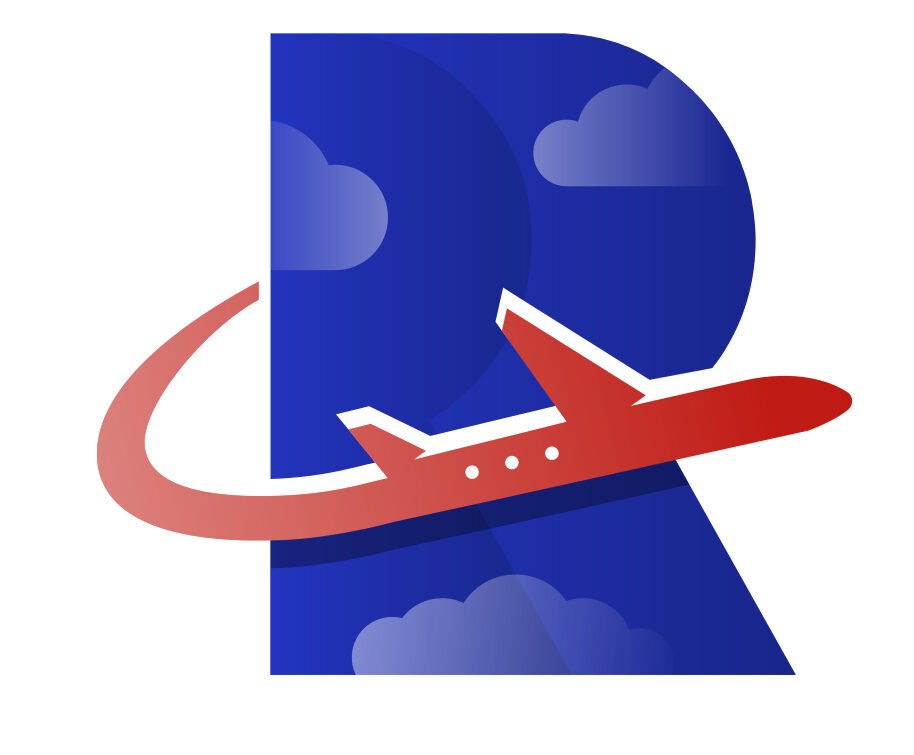hildred00l7632
About hildred00l7632
The Evolution and Affect of Private Jets In Trendy Aviation
The realm of aviation has undergone a remarkable transformation over the previous century, and one of many most vital developments has been the rise of private jets. When you have almost any queries regarding wherever in addition to how to use privatejetscharter.review, you are able to email us from our web-site. As soon as the unique area of the extremely-rich and excessive-rating officials, private jets have developed into an emblem of luxury, convenience, and efficiency in travel. This text explores the evolution of private jets, their affect on the aviation trade, and the future of this mode of transportation.
Traditionally, private aviation might be traced back to the early days of flight in the twentieth century. The primary private aircraft were simple, small planes used primarily for private travel and leisure. However, as know-how superior and the aviation industry expanded, so too did the capabilities and consolation of private jets. The introduction of jet engines within the 1950s marked a pivotal second, permitting for quicker and more efficient travel. The primary true business jet, the Learjet 23, was launched in 1964, setting the stage for a new era of private aviation that catered to enterprise executives and affluent individuals seeking to maximize their time.
The evolution of private jets continued into the late 20th and early 21st centuries, with manufacturers like Gulfstream, Bombardier, and Dassault main the best way in innovation. These corporations introduced larger, sooner, and more luxurious aircraft, geared up with state-of-the-art know-how and amenities. Features akin to spacious cabins, superior communication programs, and even bedrooms and bathrooms turned commonplace in lots of models. This shift not solely catered to the consolation of passengers but also acknowledged the altering needs of business travelers who required a mobile workplace environment.
One of many most important impacts of private jets has been on the concept of time management. In today’s fast-paced world, time is usually equated with money. Private jets permit individuals and companies to bypass the long security strains and delays associated with business air journey. With the power to depart from smaller regional airports and arrive closer to their closing destination, private jet travelers can save beneficial hours, making them more productive and efficient. This benefit has made private aviation an attractive choice for enterprise leaders, celebrities, and politicians alike.
Furthermore, the rise of fractional possession and jet card applications has democratized access to private jets. Fractional possession allows multiple people or firms to share the price and use of a jet, making it more financially possible for many who may not be capable of afford outright possession. Jet card programs provide flexibility without the lengthy-time period dedication of possession, permitting travelers to buy flight hours on a particular aircraft type. These improvements have broadened the marketplace for private aviation, enabling a wider range of shoppers to experience the benefits of private travel.
Regardless of these advantages, the private jet industry has faced criticism, notably relating to its environmental impression. The carbon footprint of private jets is considerably increased than that of economic airways, raising considerations about sustainability and climate change. In response, manufacturers and operators are more and more investing in greener technologies, comparable to sustainable aviation fuels (SAFs) and electric propulsion systems. The development of hybrid and totally electric jets is on the horizon, promising to cut back emissions and make private aviation extra environmentally friendly.
Moreover, the COVID-19 pandemic has had a profound impact on the private aviation trade. As health and safety concerns prompted travelers to keep away from crowded commercial flights, many turned to private jets as a safer different. This surge in demand has led to a resurgence in the trade, with many corporations reporting elevated bookings and a growing interest in private journey. The pandemic has also accelerated the adoption of digital solutions, akin to on-line booking platforms and digital consultations, making it easier for customers to access private aviation providers.
The future of private jets appears promising, with ongoing developments in technology and changing consumer preferences shaping the landscape. The mixing of synthetic intelligence and data analytics is poised to enhance operational efficiency, optimize flight routes, and enhance customer support. Furthermore, the emergence of city air mobility concepts, together with electric vertical takeoff and landing (eVTOL) aircraft, might revolutionize brief-distance journey, offering new alternatives for private aviation.
Because the world becomes more and more interconnected, the demand for private jets is more likely to proceed rising. The ability to travel on one’s own schedule, entry remote locations, and take pleasure in unparalleled consolation and privateness will remain appealing to many. However, the trade must also navigate the challenges of sustainability and environmental responsibility to ensure its long-time period viability.
In conclusion, private jets have come a great distance since their inception, evolving from easy personal aircraft to sophisticated flying machines that provide convenience, luxury, and efficiency. Their impression on the aviation business is undeniable, reshaping the best way individuals and companies approach travel. As technology continues to advance and shopper preferences shift, the way forward for private jets holds exciting prospects, but it will likely be important for the industry to embrace sustainability to thrive in a quickly changing world. The journey of private aviation is removed from over, and its evolution will undoubtedly continue to shape the skies for years to come back.
No listing found.

